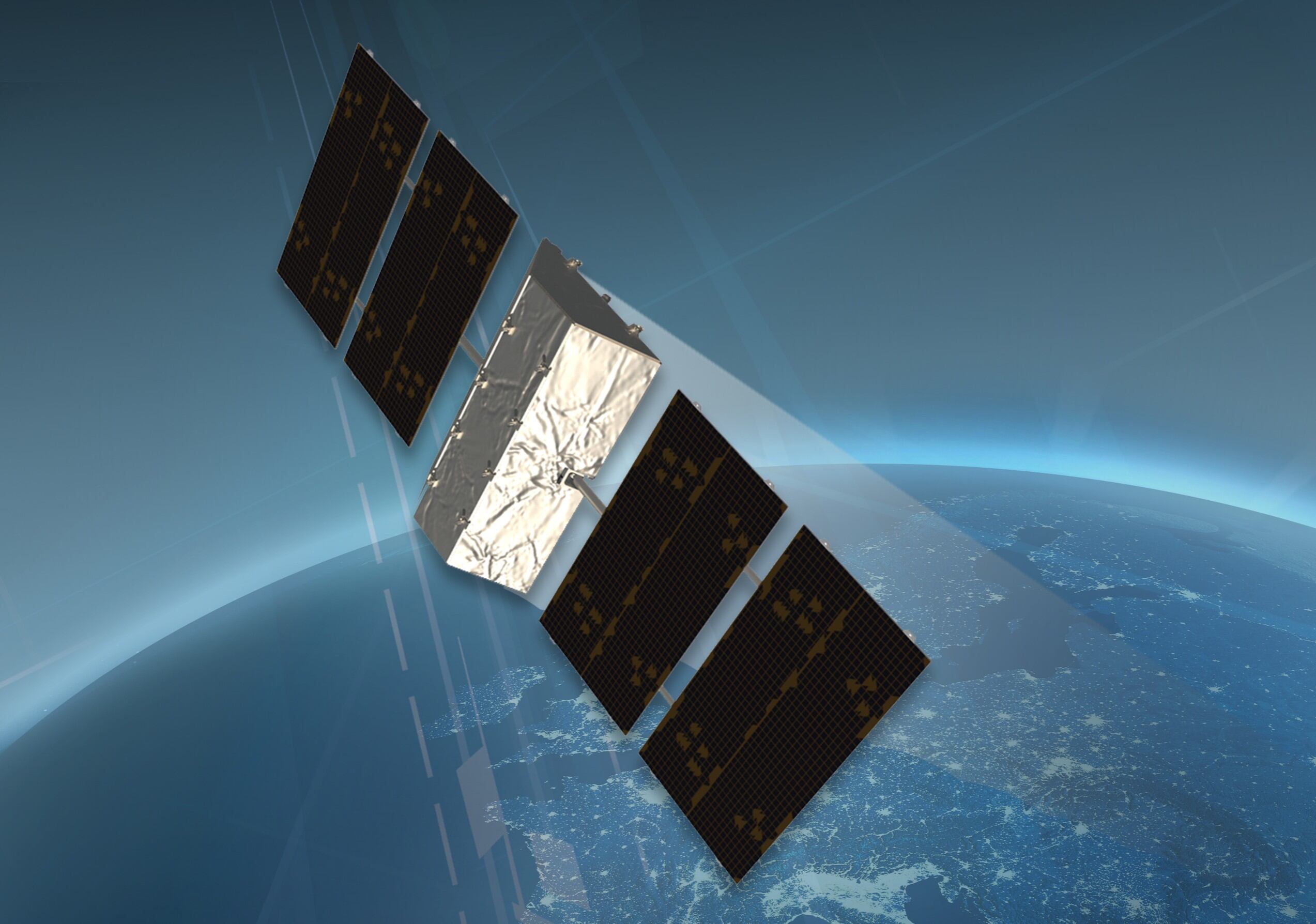Both before and during World War II, Gen. George C. Marshall realized that America could not hope to defeat its enemies unless he could flatten a sprawling military bureaucracy. One day in 1940, when a subordinate told Marshall of a frustrated businessman who could find no takers for a low-slung vehicle that could drive through the most rugged terrain, Marshall asked him if the vehicle was any good. The officer, Maj. Walter Bedell Smith, replied that, yes, it was. So Marshall simply told him: “Do it.”
As author Eric Larrabee recounts in his masterful book, “Commander in Chief,” that vehicle was the now-iconic Jeep, and it helped win the war after the U.S. military and allies purchased more than 650,000 of them.
Those lessons apply today. As we build the U.S. Space Force, the first new, independent military branch since 1947, our competitors are taking away the luxury of time. To counter that, we are committed to crafting a lean organization that will respond rapidly to new threats posed by peer competitors China and Russia.
This sense of urgency is one of the most important elements if we are to carry out the nation’s National Defense Strategy and prepare to protect America and its allies in a high-end fight. In the nine months that we have spent building the Space Force, our focus has been on finding ways to go faster, to stay ahead of our adversaries, and to safeguard America’s security and prosperity now and into the future.
The reasons for urgency are clear. Through intense study of our potential enemies, validated during multiple war-gaming exercises, we know that space is critical should our nation be plunged into conflict. Current Russian and Chinese military doctrine prioritizes new capabilities to attack our space systems in order to disrupt, blind and disconnect our joint land, sea, air and cyber forces at the outset of war. In recent years, both countries have developed and demonstrated anti-satellite capabilities, even destroying their own to send a clear signal to the world.
Our war-gaming scenarios have taught us something else: Because there are few places to hide in space, there is a significant “first mover” advantage in the event of conflict. This problem is made worse, as our current space systems were designed for a benign domain. This is why we are pursuing a resilient architecture of capabilities designed to exact military space power should war initiate in, or extend to, space.
RELATED

Future conflicts are also likely to be what we call “wars of cognition” — a struggle for real-time intelligence and a comprehensive picture of the battlespace. Advantage will go to the side that augments human command and control with automation and artificial intelligence to enable commanders to decide and forces to act at machine speeds. The Space Force is building a digital service that exploits the latest technologies to provide security and economic stability to America and its allies.
To speed up the development of key technologies, we are creating a lean command and staff structure that prioritizes agility and innovation. It’s already paying off. Through new business models that capitalize on advancements in digital engineering, we are rapidly moving to dramatically reduce the time it takes to build and launch a satellite into orbit. We are now talking in terms of months, not years. We are developing a new Space Force Planning Guidance — our strategic road map — which will outline further productive disruption. It will involve things like streamlining the over 60 offices responsible for elements of space policy, oversight and force structure to creating a new “Technology and Innovation Office” to sustain our competitive advantage.
The importance that space plays in our daily lives and in the defense of our nation is often overlooked or understated. Dozens of countries and dozens more commercial entities operate in space for exploration, observation and access to its vast economic potential. Space enables all of the instruments of national power that make us strong economically and militarily. As our partners in the private sector push the art of the possible, we will extend and defend America’s opportunities above and its security below.
Our charge in the months and years ahead is to act boldly. In fact, one of the risks I see for the new Space Force is us not acting boldly enough. As Gen. Marshall and others have shown, it is possible to go fast and to go well. That is our mission. In the words of Marshall ... “Do it!”
U.S. Space Force Gen. John “Jay” Raymond is the chief of space operations.








